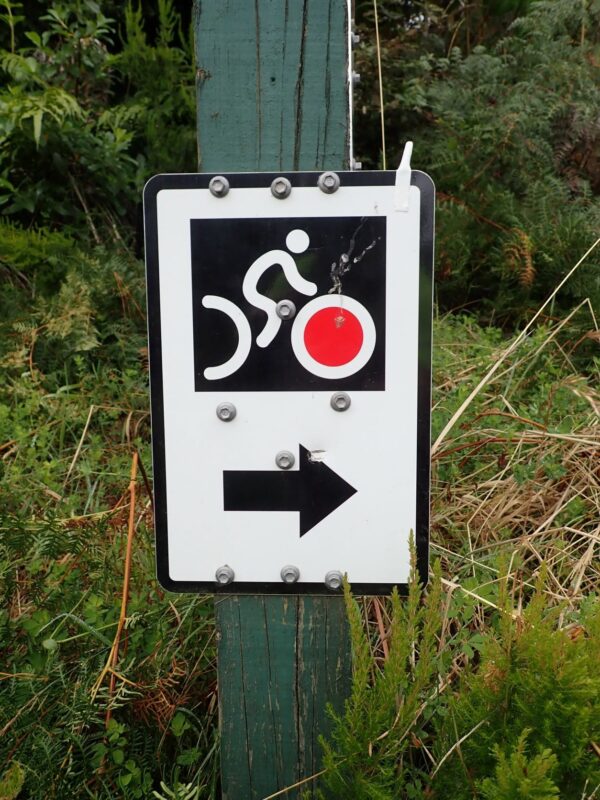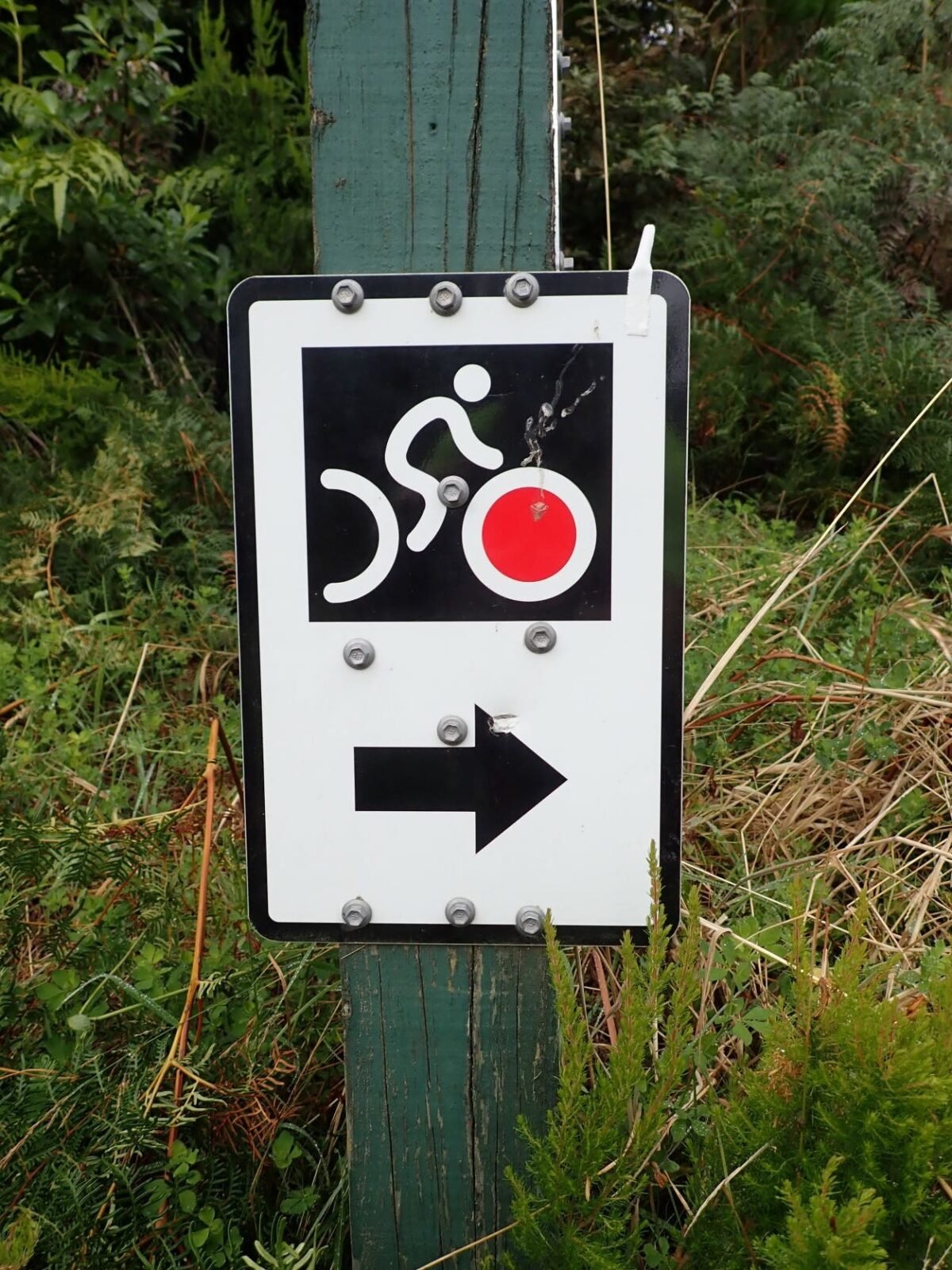I am a big fan of Ngā Haerenga, the New Zealand Cycle Trails, which form a network of recreational cycle routes in some of the most scenic parts of the country.
The concept originated in a 2009 jobs summit, following the success of the Otago Central Rail Trail. It was seen as a way to provide jobs in the regions and stimulate small business development, as well as providing safe recreational opportunities for New Zealanders and visitors.
The trails fall into two broad categories:
- the Great Rides, which are mostly off-road trails and show off the best of New Zealand’s stunning landscapes and natural environment; and
- Heartland and Connector trails, which are mostly on-road rides. The Heartland rides take scenic back roads through rural New Zealand, and the Connector trails are routes designed to connect up the rides.
The 23 Great Rides have the best infrastructure, such as well-maintained tracks, dedicated cycle bridges, and plenty of interpretation panels to inform visitors about sites of cultural or historic significance. They are also well sign-posted so you’re unlikely to get lost.

The trails offer a diverse range of experiences, from easy riding along old rail trails to much more challenging back country rides that require excellent fitness and mountain bike experience. The trails follow rivers, lakes, canals and coastlines; they wind through native bush and forest; and they go across farmland, through towns, and up, down and around hills and mountains. Many of the trails are designed as a single continuous trail but some – like those in Hawke’s Bay, Nelson-Tasman and Queenstown – are a network of regional trails.
Lately I’ve been thinking about the lack of Great Rides in Canterbury and how the greater Christchurch area would be a good candidate for its own network of trails. (The closest Great Ride is the St James Cycle Trail near Hanmer Springs – if you’ve got good mountain bike skills. Otherwise, it’s a good three-hour drive to the Alps 2 Ocean Cycle Trail in Mackenzie Country or to trails on the West Coast. The Little River Rail Trail and Hurunui Heartland Ride are more accessible and connect to Christchurch, but are heartland rides.)
To date, Christchurch’s focus has been on meeting the needs of commuters, and rightly so. We all benefit from safer roads and cycle routes, and fewer cars on the road.
But many of us also ride for recreational reasons and enjoy exploring the city and nearby districts by bike. And, as the Great Rides have demonstrated, creating high-quality trails has the potential to generate tourism activity – creating opportunities for local businesses – as well as catering for the recreational and transport needs of residents.
According to the most recent evaluation, there were almost 2.19 million trips across the Great Rides network in 2020/21 – an increase of 10% over the year immediately before the first Covid-19 lockdown. The trails were used by walkers and cyclists, and more than a third of users were local residents (the vast majority of the others coming from elsewhere in New Zealand). The trails are estimated to have made a direct economic contribution of $950 million in the regions in 2020/21.
I’m not the only one reflecting on the potential for Christchurch to develop a network of trails for recreational cycling. Jan Jakob Bornheim shared his thoughts on a regional cycling network in 2019. He emphasised the need for more coherence across the growing network of trails across the region so people can see how trails connect and better plan their journey from one place to another. He advocated better and consistent signposting, with clearly numbered nodes (or connection points) supported by good mapping, a website, and coordination between the various roading authorities.
But why not go a step further and work towards lifting the standard of recreational trails so they are befitting of a Great Ride? Being part of the Great Rides brand signifies the high quality of the trails and means inclusion in national and international marketing campaigns. The Great Rides also receive annual government funding for ongoing maintenance, development and promotion.
Research on the potential to further develop cycle tourism in New Zealand identified that the best prospects for new trails are likely to be:
- Trails that are in urban areas or include a specific destination or attraction;
- Trails with notable natural environments and outstanding scenery;
- Trails that are mostly off-road, aren’t too physically demanding, and are unlikely to be subject to a lot of bad weather;
- Trails that only take a part-day or day to complete, and are grade 1 or 2 (easy) trails; and
- Trails that are well served by cafes, comfortable accommodation, bike hire and transport links.
That lines up well with what greater Christchurch has to offer – great scenery, close proximity to urban areas and services, settled weather, and mostly flat and easy trails that can be cycled in a day or less.
In my view, the City to Sea Pathway, which will replace the transitional trail along the Ōtākaro Avon River, would be an obvious contender for one of the trails. Others might include connecting trails from New Brighton such as the Southern Pegasus Bay Track heading south and around the estuary, or heading north to Spencer Park and on to Brooklands and the Christchurch Northern Corridor via Te Rauakaaka Trail along the Waimakariri River.
I’d also pick the loop from Kaiapoi up the coast to the Rakahuri/Ashley River and back through Rangiora via Waimakariri district’s eastern cycle trails (which I recently posted about). And once the Wings to Wheels Cycleway up Harewood Road is completed, the network could include a loop trail out to McLeans Forest and back along the Waimakariri River trails and the Christchurch Northern Corridor. (Although the existing cycleway along McLeans Island Road would need improving and extending to create a better off-road connection to the forest park.)
On the southern side of the city, I’d suggest a trail that takes in the Summit Road for those looking for a slightly more challenging ride as well as spectacular views. Some thought might need to be given to the recommended route up and down the hills, but the major cycleways already provide good connections through to the central city. And the Christchurch Coastal Pathway will provide an easy scenic ride between Sumner and Ferrymead.
Other trails could make use of the Southern Motorway to reach places of interest in the Selwyn district. It would make sense to include the Little River Rail Trail now that you can cycle all the way from Christchurch. Another possibility might be a loop out to Tai Tapu via the Quarryman’s Trail and quiet rural roads and back through Lincoln and the Little River Link to Christchurch. There are lots of possibilities.
What do you think? What would be your pick of trails for a Great Ride in greater Christchurch?


As someone who coordinates group rides around the city (and a bit further sometimes) every week for up to 50 people aged between 50 and 85 I concur with every word of this brilliant article plus some.
How many dollars are put into the local community by local people who are discovering the joy of our city by bike ? Christchurch is pretty good at promoting our recreational riding treasures for the adventure inclined but urban cycle tourism has largely been ignored so far, yet the cycleway network only gets better and better.
We have to do this; already our cycleway network is the envy of the country within established cycling ‘circles’ but how many others even know ? A huge cohort of of silver grey two wheelers is loving the Great Rides everywhere else but Canterbury; many would marvel at the experience here if only they knew about it.
How about using the ECAN controlled banks of the Waimakariri to the bridge (with cycle extension) across to Oxford, Glentunnel, then back along the Ashley River to Rangiora using existing routes back to Christchurch.
Summit Rd is already a “great ride”.
I recently returned to an old-time favourite.
I started (from home) in Sumner, (e)biked up Evans Pass (Road) then right onto the Summit Rd, all the way to the Sign of the Kiwi for some of the best scones anywhere (date scones made with softened dates being my favourite). The views of Chch and the Harbour are stunning. For much of the route there are no cars as the road has been closed to them since the 2010/22 earthquakes. And when there are cars they can usually be heard from afar
From the Sign of the Kiwi, there are choices aplenty depending on your appetite for hills and traffic…
To return home, I cruised down Dyers Pass, then along the Heathcote River, joined up with the Christchurch Coastal Pathway and made my way back to Sumner.